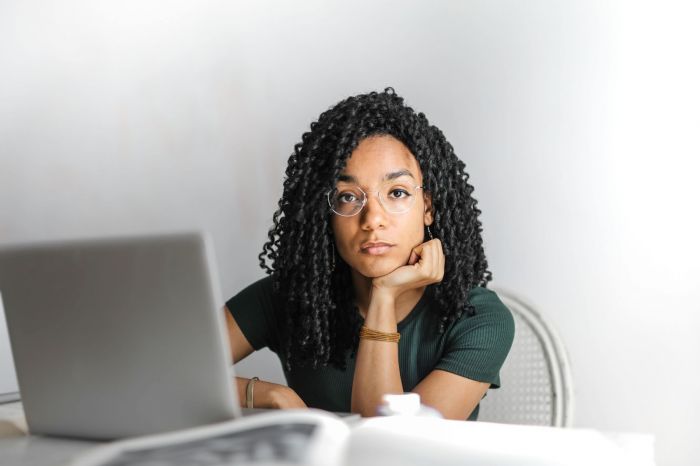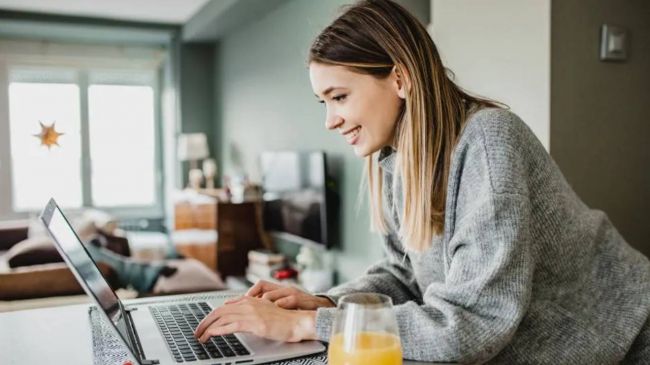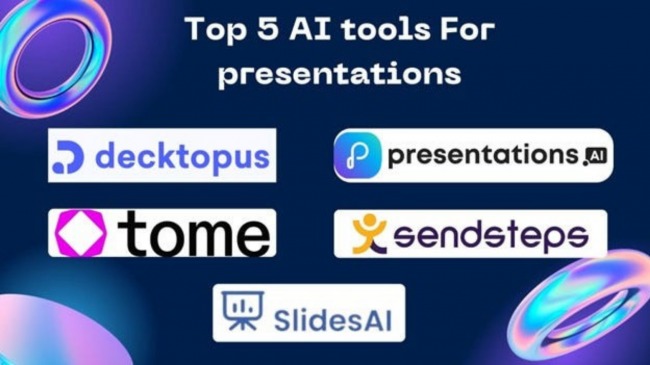Why Align Emails with the Customer Journey?
One of the most common mistakes in email marketing is treating all subscribers the same. Businesses often blast generic emails to everyone—ignoring the fact that subscribers are at very different stages of engagement.
According to Forbes Business Council’s review of declining ROI in email marketing, brands that fail to adapt lose effectiveness, while those that personalize and automate see ROI rebound.

The solution? Map your email customer journey – from the moment someone subscribes to your list to the point they become loyal advocates, and build campaigns through html email builder tailored to each phase. Not only does this method enhance engagement but it also makes it more personalized leading to conversions and customer satisfaction.
Let’s explore how to design effective email marketing customer journey campaigns step by step.
Knowledge of the Customer Journey in Email Marketing
The customer journey email marketing process can be broken down into five core stages:
- Awareness: The subscriber has just heard about your brand.
- Consideration: They have interest and are willing to know more.
- Decision: Ready to buy or to do.
- Retention: How to keep them interested beyond the purchase.
- Advocacy: Converting satisfied customers into brand evangelists.
Each stage requires a distinct campaign type, tone, and timing. Statista’s research on automation in the customer journey shows that automated stage-based campaigns increase engagement rates significantly compared to generic sends.
Ideas of Campaign per Stage
Here are some email journey examples for each stage of the customer lifecycle:
- Awareness Stage: At this stage, you are presenting your brand. On value, trust, relevance.
- Welcome Series: Send a series of emails that introduces your story, mission and your best selling products or services.
- Educational Content: Post blogs, explainers or guides that make your brand an expert.
Consideration Stage
The customers are now familiar with your brand, it is time to show why you are the right person.
- Product Spotlights: Send full product describing or comparison.
- Social Proof: Add testimonials, user generated content or case studies.
This is the break point of conversion. Let the customer know what he or she has forgotten, but give them something.
Retention Stage
The point is to maintain the customer after a sale to ensure that he or she is satisfied.
- Thank You Emails: Show them appreciation of their order and send practical follow-up details.
- Usage Tips: Send instructions or videos of how the product can be used.
- Advocacy Stage: Ask your most satisfied customers to tell others.
- Referral Programs: Offer reward on introducing new customers.
- Reviews Requests: Request them to review or review testimonials.
What Makes a Good Email Journey Map?
To ensure your email marketing journey is smooth and effective, follow these tips:
- Know your audience
First, know the critical customer behaviors and pain points at a stage. Segment and time using analytics and CRM data.
- Automate Strategically
Automate the process of sending emails according to the actions and sign-ups or purchases made or time elapsed since the last activity.
- Keep It Chit-Chatting
Every email must be personal and not a corporate broadcast. Employ first names, informal tones and conversational copy.
- Measure and Correct
Check open rates, clicks and conversions. This data is required to improve future campaigns and your email customer journey.
Campaigns You Need in Your Strategy
These are the best campaigns to start with in case you are constructing your customer journey:
- Welcome email (Awareness)
- Consideration Product Demo Invite
- Limited Time Offer (Decision)
- Retention + Upsell Order Confirmation
- Referral link (Advocacy) + Feedback Request
These are tried-and-true email journey examples that can be customized to fit any business.
Final Thoughts

The email marketing customer journey isn’t about sending more emails—it’s about sending the right emails at the right time. By aligning campaigns with the five key stages, businesses build stronger relationships, increase conversions, and turn satisfied customers into vocal advocates.
Whether you’re a small business or a scaling brand, journey-based campaigns give you an edge: more relevance, higher ROI, and a pathway from subscribers to loyal fans. And with the rise of AI-powered automation tools like Mixus AI, creating and managing these personalized campaigns is becoming simpler, faster, and far more effective.
Post Comment
Be the first to post comment!





